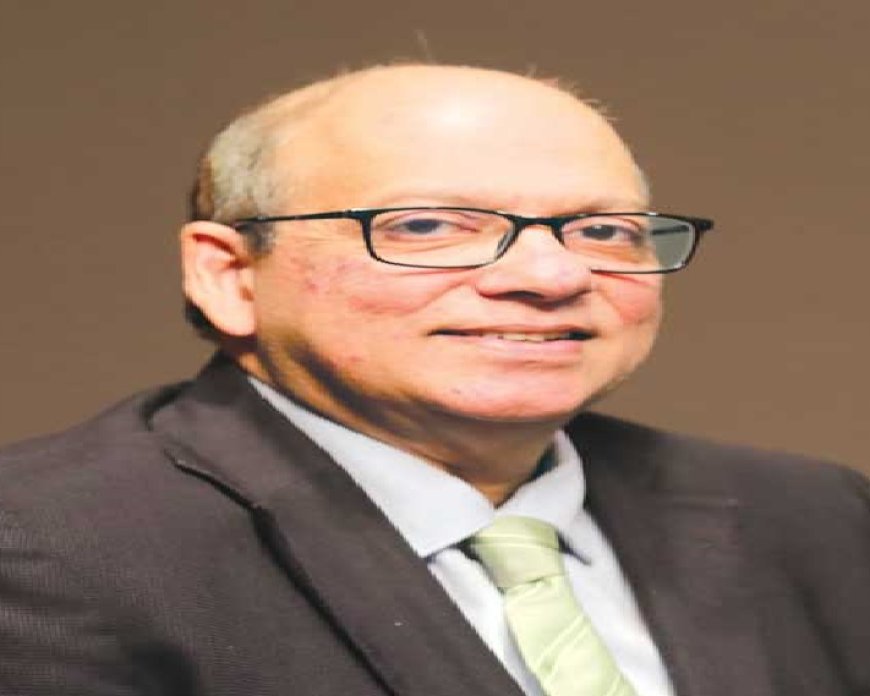Sagarmala program paves way for the ports sector to anchor structural and sustainable growth in India.
Rajiv Agarwal CEO and Managing Director, Essar Ports From an emerging economy, India is on the path to become a global economy as it is targeting to become a USD 5 trillion economy. What role will the ports sector play in achieving this target? The key for any successful economy is a robust infrastructure with

Rajiv Agarwal
CEO and Managing Director, Essar Ports
From an emerging economy, India is on the path to become a global economy as it is targeting to become a USD 5 trillion economy. What role will the ports sector play in achieving this target?
The key for any successful economy is a robust infrastructure with an equally strong supply chain. Ports infrastructure particularly have a significant influence on a nation's GDP and overall EXIM and Industry competitiveness. They evolve rapidly to cater to the growing global trade requirements.
As the nation unlocks and comes out of pandemic, the demand and traffic at ports is expected to increase substantially enabling the economy to gallop ahead! In addition the journey to USD 5 trillion will see boost in EXIM cargo coupled with higher manufacturing levels. Indian Ports Sector and Essar Ports is well-positioned to cater to the growing needs of the Nation.
The journey is expected to see dynamism at port facilities across nation with enhanced capacity utilization, shift in cargo patterns, need of eco-friendly and mechanized handling, deeper drafts and larger parcels, and need to have quick turnaround with real time visibility of cargo. The same will also see investments to cater to growing needs of growing economy.
What is your take on the National Monetisation Plan. How is the private sector viewing this opportunity?
The National Monetisation Plan is a step in the right direction with the objective of bringing professional management and operational efficiency across facilities, while unlocking value from public investment. The move will see Government and private sector not competing for same cargo within the same Port. This is a welcome move and presents a lot of opportunities for the private players. It will boost private sector confidence, which will propel the next wave of investments & growth.
How do you view the opportunities for players like you under the ambitious Sagarmala project? What is the kind of investments from the private sector is expected to flow into this sector by 2025?
Vision of the Sagarmala Programme is to reduce logistics cost for EXIM and domestic trade with minimal infrastructure investment. The initiative paves way for the Ports sector to anchor the structural and sustainable growth in India. This, in turn, will open up a large range of opportunities, be it brownfield assets or greenfield assets. However, to encourage such investments, Public Private Partnership Projects and low-cost long duration funding will be critical and needs attention on immediate basis.
What are your growth plans by 2025?
Essar Ports specialises in development and operations of Ports and Terminals for handling liquid, dry bulk, break bulk and general cargo. It has four operational terminals in India across Hazira and Salaya (in the state of Gujarat) on the west coast, and one each in Visakhapatnam and Paradip on the east coast. Current operational port terminal capacity in India is 110 MTPA.
While staying committed to our vision, we not only plan to enhance operational efficiency and undertake modular expansions at our existing facilities, but also actively diversify our cargo and customer base. We are also open for the new opportunities which the sector will offer in line with proactive steps being undertaken by Govt. Keeping technology and innovation at core, Essar Ports shall continue to offer services that create value for our customers throughout their supply chain.
Hits: 114







